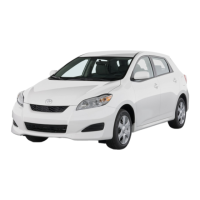
Do you have a question about the Toyota Matrix 2009 and is the answer not in the manual?
| Brand | Toyota |
|---|---|
| Model | Matrix 2009 |
| Category | Automobile |
| Language | English |
Information about the vehicle keys, including types and number plates.
Procedures for operating door locks using the wireless remote, key, or door lock switch.
Instructions on how to adjust seats, mirrors, and the steering wheel for comfort and safety.
Details on operating power windows and the moon roof for opening, closing, and tilting.
Steps for opening and closing the fuel tank cap, and information on fuel type and capacity.
Explanation of the engine immobilizer system and theft prevention labels.
Guidance on correct driving posture, SRS airbags, and child restraint systems for safety.
Instructions for starting the engine, driving, stopping, parking, and starting on inclines.
Explanation of gauges, meters, and displays on the instrument cluster, including lights.
How to operate headlights, fog lights, windshield wipers, and the rear window wiper.
Information on cruise control, ABS, VSC, TRAC, EPS, and active torque control systems.
Tips for cargo and luggage, vehicle load limits, winter driving, tire chains, trailer towing, and dinghy towing.
Instructions for operating the air conditioning, heater, and defogger systems for climate control.
Details on using the radio, CD player, MP3/WMA playback, AUX adapter, and steering wheel audio controls.
How to use the Bluetooth hands-free phone system for making calls, setting up, and managing contacts.
Information on interior lights, personal lights, and the illuminated entry system.
Details on using glove box, console box, cup holders, bottle holders, and auxiliary boxes.
Information on sun visors, vanity mirrors, clock, ashtrays, cigarette lighter, power outlet, grocery bag hook, seatback table, floor mat, luggage compartment, and compass.
Procedures for cleaning and protecting the vehicle's exterior and interior.
Overview of maintenance requirements, general maintenance, scheduled maintenance, and I/M programs.
Guides for self-maintenance tasks like checking fluids, tires, brakes, fuses, and light bulbs.
Information on towing, what to do if something is wrong, fuel pump shut-off system, and event data recorder.
Actions to take for warning lights, flat tires, engine not starting, battery issues, overheating, or stuck vehicles.
Detailed specifications including dimensions, weights, engine, fuel, lubrication, cooling, ignition, electrical, and drivetrain data.
Information on customizable features for the wireless remote, door locks, and illumination.
Details on items that require initialization after maintenance, such as engine oil data and tire pressure warning system.
How to report vehicle safety defects to NHTSA and Toyota Motor Sales.
French explanation of seat belt usage, with reference to the English section for details.
Visual guide to exterior components like lights, hood, wipers, mirrors, and moon roof with page references.
Visual guide to interior components like seats, airbags, controls, and storage with page references.
Visual guide to instrument panel controls, switches, and indicators with page references.
A list of abbreviations and acronyms used in the manual with their meanings.
A quick reference guide for common vehicle issues and their solutions with page references.
Explanation of various warning lights on the instrument cluster and their meanings.
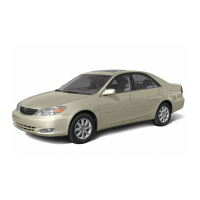
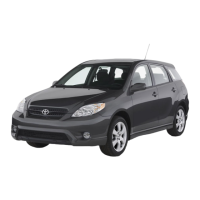
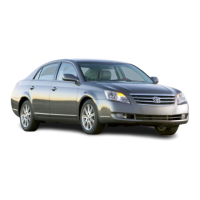
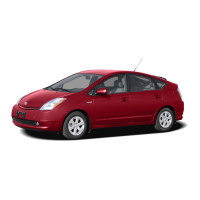
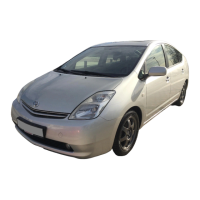
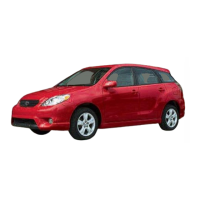
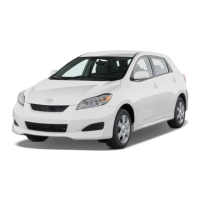
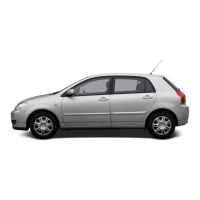
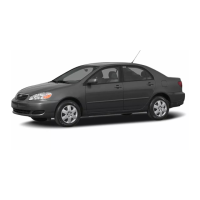
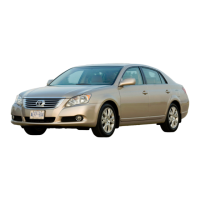
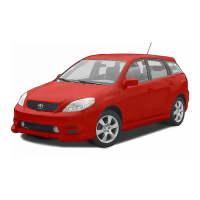
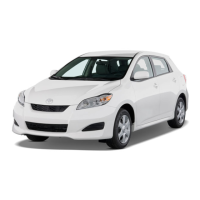
